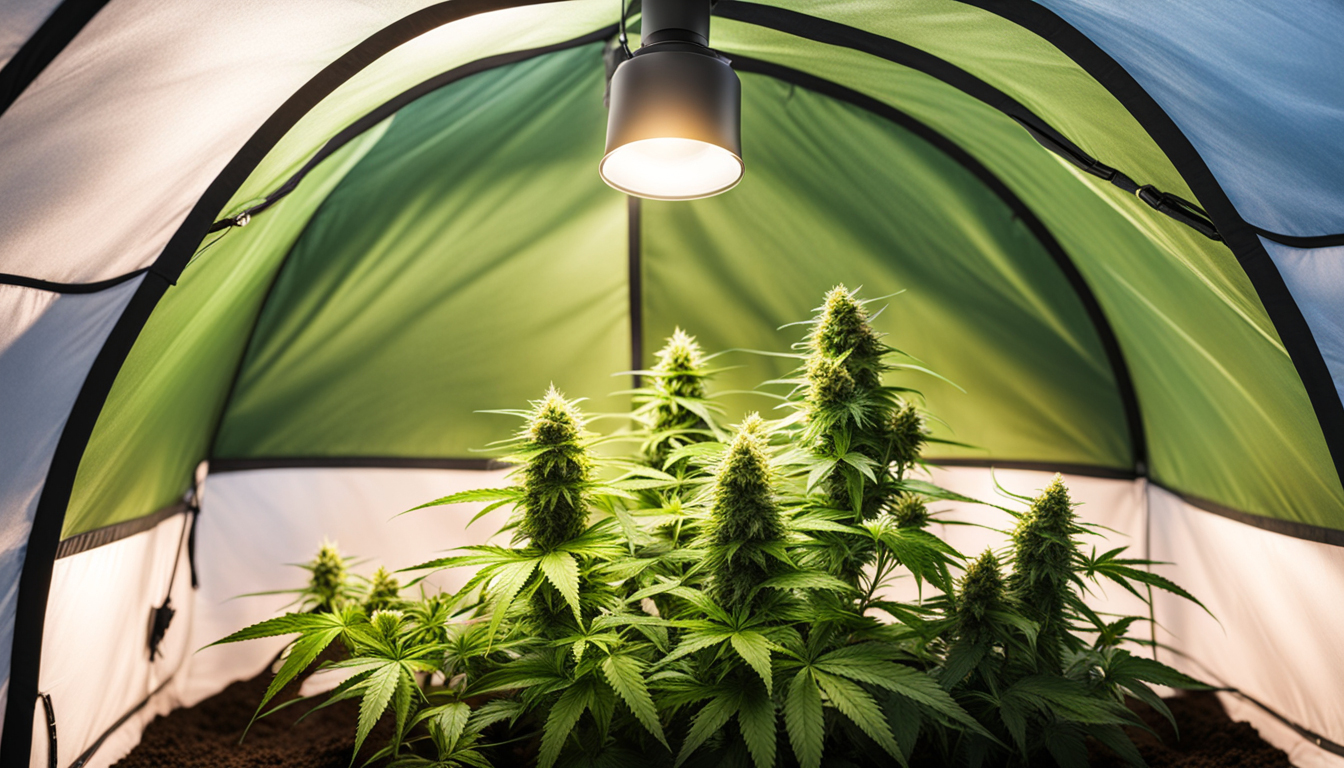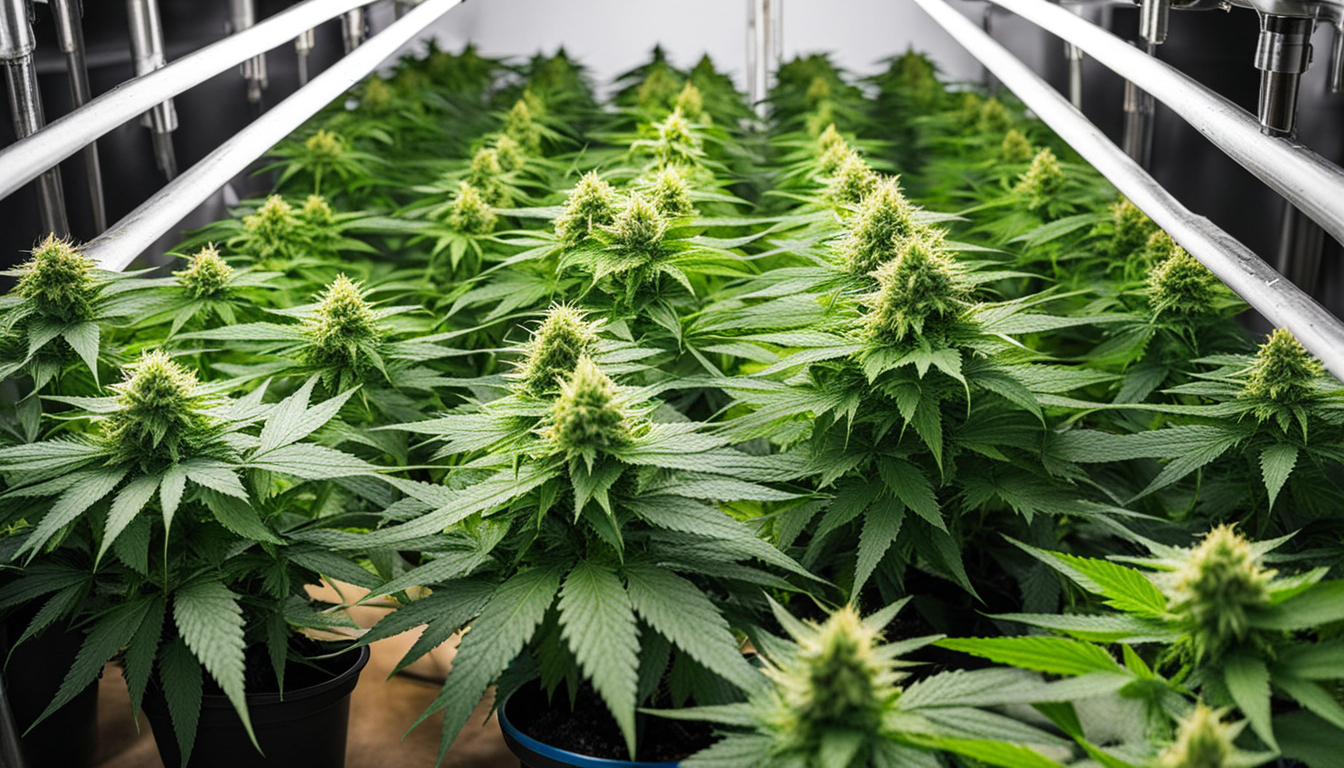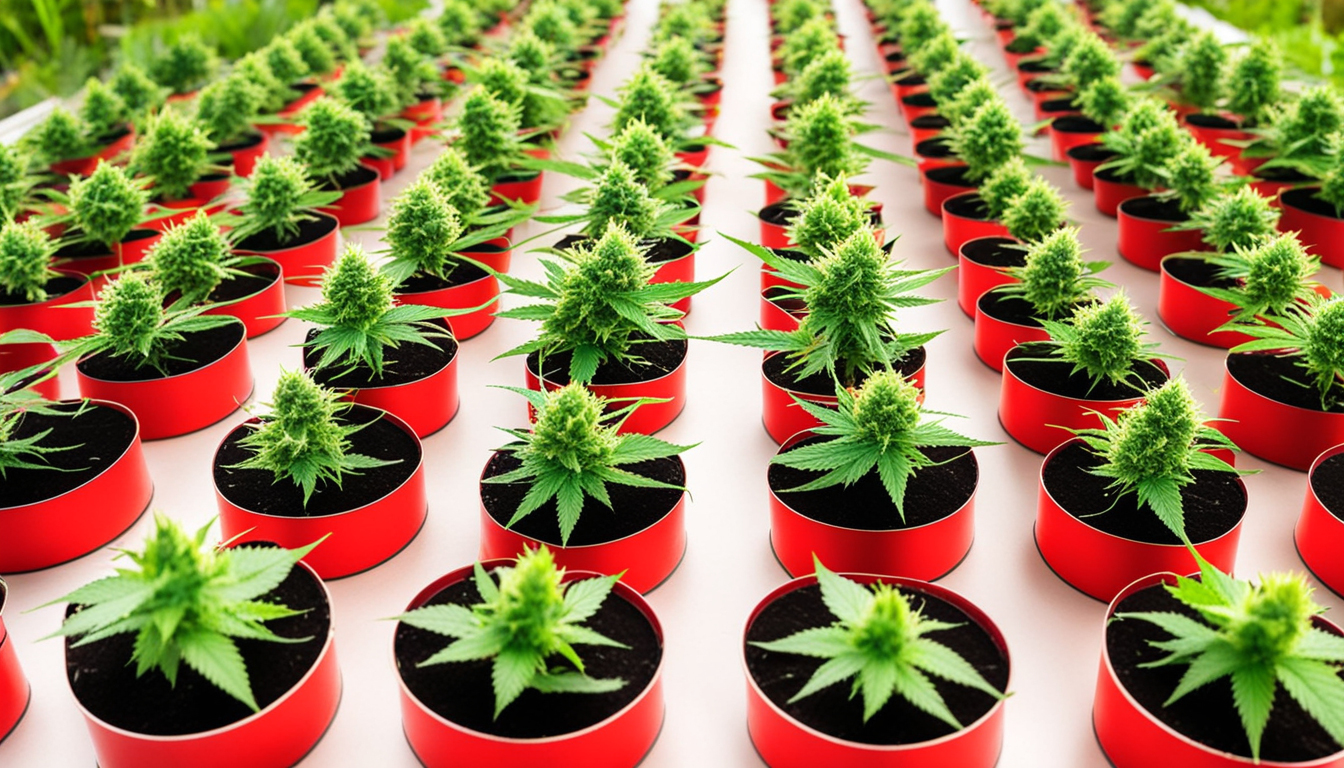
Whether you're new to marijuana production or looking to improve your existing grow, following this complete guide will help you produce large, high-quality yields right at home. With the right gear, strategies, and care, growing marijuana indoors can be an extremely productive and cost-effective endeavor.
Choosing Cannabis Strains
The first step in planning your indoor crop is choosing the right pot cultivars to cultivate. The three main types of marijuana plants each have their own qualities.
Sativas
Known for their energizing intellectual effects, these strains spread tall and slender with narrow leaves. They flourish in hotter tropical climates and have a longer blooming time between 2.5-3 months indoors. Top sativa strains include Jack Herer, Durban Poison, Super Lemon Haze, and Jack Herer.
Relaxing strains
Indicas provide relaxing body-focused effects and grow short and bushy with broad leaves. Adapted to cooler mountain climates, they bloom faster within 2-2.25 months. Popular indica strains include Northern Lights, Bubba Kush, and Bubba Kush.
Mixed strains
Mixed strains blend traits from both sativas and indicas. They offer combined effects and have moderate blooming times around 2.25-2.5 months. Popular hybrids are OG Kush, Girl Scout Cookies, and Blue Dream.

Setting Up Your Grow Space
Marijuana plants need the right controlled environment to thrive. Key factors for indoor farms are lighting, ventilation, layout, and finding the ideal discreet location.
Location
Choose an available space with easy access to water and electrical outlets. An empty spare room, large closet, basement corner, or grow tent locked away in a garage all make great discreet cultivation room spots.
Lights
Weed requires strong light for all growth stages. LED grow lights are energy-efficient and come in full spectrum options mimicking real outdoor light. Provide 15-25 watts per square foot for the growth stage and 400-600 watts per sq. ft. for flowering.
Ventilation
Proper ventilation and exhaust systems maintain ideal temp, moisture, and fresh CO2 levels. Install low-noise 4-6 inch blowers or scrubbers to circulate stale air and eliminate smells.
Layout
Optimize your space by arranging plants carefully under the lamps and leaving room to reach and work around them. Set up separate zones for vegetation, bloom, curing, and cloning.

Growing Substrates
Cannabis can be cultivated in different substrates, each with pros and cons. Pick a proper option for your particular setup and growing style.
Soil
The traditional medium, soil is inexpensive and easy for new growers. It provides great taste but requires more irrigation and nutrients to feed plants. Amend soil with vermiculite or coir to improve aeration.
Coconut coir
Made from coconut husks, reusable coconut fiber retains water but still lets in air to the roots. It's cleaner and more consistent than soil. Use coco-specific fertilizers to avoid calcium buildup.
Water systems
In hydro systems, plant roots develop right in nutrient irrigation solution. This enables quick growth but needs careful observation of water properties. Deep water culture and drip systems are popular techniques.
Sprouting Seeds
Germination prepares your cannabis seeds to begin growing taproots. This prepares them for transplanting into their growing medium.
Paper Towel Method
Put seeds between damp paper towel and keep them damp. Inspect after 2-7 days for emerging radicles indicating germination is complete.
Planting directly
Plant seeds directly into wetted growing medium 6mm deep. Gently water and wait 1-2 weeks until sprouts break through the surface.
Cubic rockwool
Soak rockwool cubes in pH-adjusted water. Place seeds 6mm deep into the cubes. Keep cubes moist until seedlings appear within a week to 2 weeks.
Transplanting Young plants
Once germinated, cannabis seedlings need to be repotted to prevent overcrowding. Move them into appropriately sized pots.
Ready Containers
Fill final pots with cultivation medium enriched with time-released nutrients. Allow pots to soak up water overnight before repotting.
Gently repotting
Gently separate young roots from sprouting medium using a spoon. Place into prepared container at equal depth as before and gently water in.
Vegetative Stage
The vegetative stage promotes leafy growth and plant form through 3/4 to full cannabis indoor day of continual lighting exposure. This stage usually lasts 4-8 weeks.
Providing 3/4 to full day of Light
Use lamps on a 24 daily schedule or outdoor light to initiate constant photosynthesis. Light output influences height and node distance.
Nutrients
Use grow stage fertilizers higher in nitrogen. Make sure pH stays around 6.5 for proper nutrient uptake. Fertilize 1⁄4 to 1⁄2 strength after 14 days and increase gradually.
LST and topping
Fimming, LST, and trellising direct shoot shapes for flat foliage. This boosts yields.

Flowering Stage
The flowering stage grows buds as plants reveal their sex under a 12 hour light schedule. It lasts 8-12 weeks based on variety.
Changing Light Schedule
Switch grow lights to 12/12 or place outdoors for outdoor 12 hour cycle. This signals plants to start flowering.
Stop Fertilizing
Leaching flushes out fertilizer residuals to improve taste. Feed lightly the first period then just use pH'd water the final 2 weeks.
Flushing
Continue 12/12 light timing but leach using neutral pH water only. Return to plain watering if buds aren't ripe after two weeks.
Reaping
Knowing when weed is fully ripe ensures peak potency and aroma. Cut down plants at peak maturity.
Signs of readiness
Check fading pistils, swelling calyxes, and 5-15% amber trichomes. Check buds around the plant as they won't all ripen evenly.
Cutting Plants
Use sterilized, razor-sharp trimming scissors to carefully cut each plant at the base. Keep 5-10cm of stem attached.
Drying
Suspend intact plants or branches inverted in a lightless room with average temperature and humidity around 45-65% for 7-14 days.
Curing
Curing keeps drying while aging the buds like aged spirits. This growing weed guide technique smooths harshness and intensifies cannabinoid contents.
Curing containers
Trim cured buds from branches and place into sealed containers, filling about 3⁄4 full. Use a sensor to measure jar moisture.
Burping Daily
Unseal containers for a short time daily to gradually lower moisture. Rehydrate buds if humidity goes under 55%.
Final Cure
After 14-21 days when humidity levels off around 55-60%, perform a final manicure and store forever in sealed jars.
Troubleshooting
Even experienced cultivators run into various cannabis plant problems. Detect issues early and fix them properly to keep a strong garden.
Nutrient Deficiencies
Chlorosis often indicate inadequate nitrogen. Purpling stems and leaves signal phosphorus deficiency. Test pH and increase fertilizers gradually.
Bugs
Spider mites, fungus gnats, mites, and root aphids are common pot pests. Use organic sprays, predator bugs, and sticky traps for organic control.
Mold
Excessive humidity encourages botrytis and root rot. Increase airflow and venting while lowering RH under 50% during flowering.

Summary
With this complete indoor cannabis cultivation guide, you now have the info to cultivate plentiful potent buds for Subscribe Now private grows. Follow these steps and methods during the seed starting, vegetative, and bloom stages. Spend in quality equipment and carefully check on your plants. In time, you'll be compensated with sticky aromatic buds you grew yourself under the loving care of your green hands. Good luck cultivating!